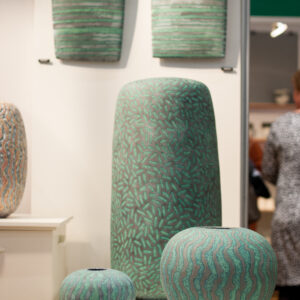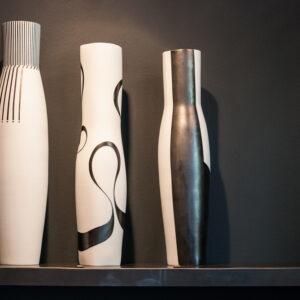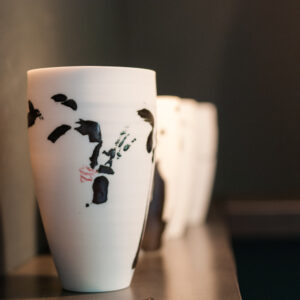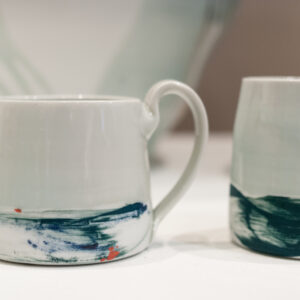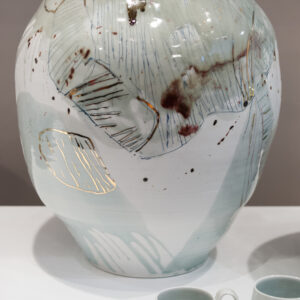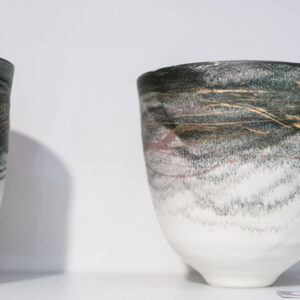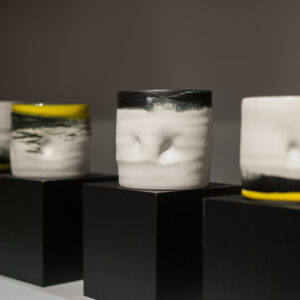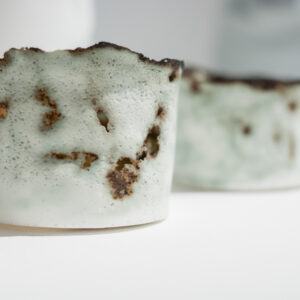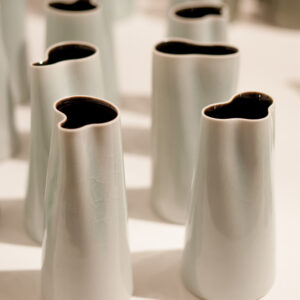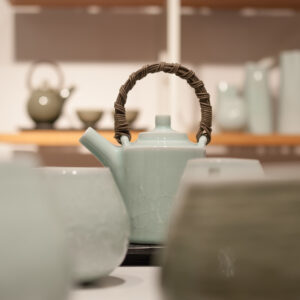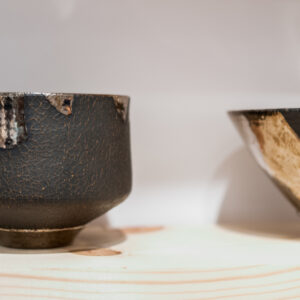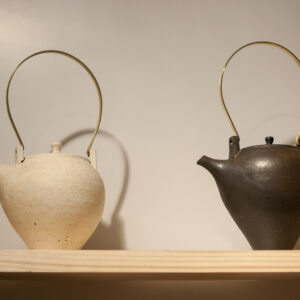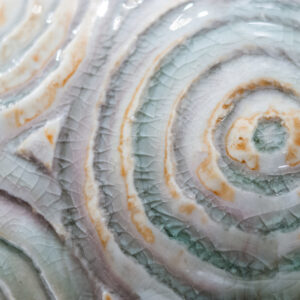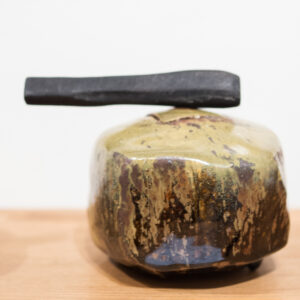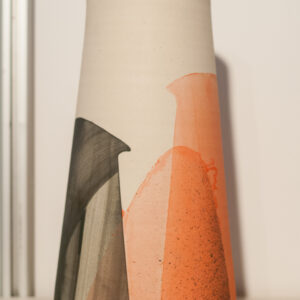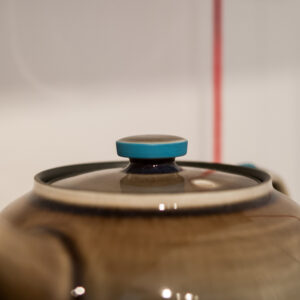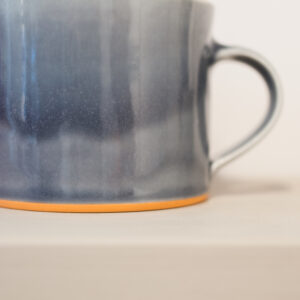Ceramic Art London
From 17 till 19 April 2015 Royal College of Art London hosted Ceramic Art London (CAL), a major showcase for international ceramics. It was CAL’s 11th edition featuring 80 excellent makers from 15 countries. The fair included functional tableware, sculpture and figurative work.
CAL is presented by The Craft Potters Association (CPA) in partnership with Ceramic Review. CPA is the national body in the UK representing studio potters and ceramic artists. They publish Ceramic Review and you can visit them at the Contemporary Ceramics Centre in central London.
Many ceramic names you know and follow from all around the world will most likely exhibit at CAL. But not only you get to see and hold pieces you have been looking somewhere online in the past, you also discover new artists whose work you start to admire. All works are usually for sale and you get the chance to talk to the artists on spot about their work. Each day a diverse program of demonstrations, talks and discussions are accompanying the exhibition.
Karin Bablok, Germany, makes work distinguishable by thin white porcelain in contrast with strong black basalt glaze. Her process consists of throwing porcelain very thinly on the wheel, then cutting and reassembling at leather-hard stage to geometrical compositions. The geometry is emphasizing and revealing different compositions when the view on piece changes. Black basalt glaze is either painted or inlayed in two ways: with very precise architectural lines or painted very expressively and inspired by American abstract expressionist Franz Kline.
See a mini interview with Karin Bablok here:
Matthew Blakely, UK, is a ceramist who prepares his materials on his own and fire in wood fire kiln. His work is recognizable by natural forms and colours, sometimes with rough surfaces coated with thick glazes. Some pieces are carved in a rough way. But the most interesting part are the materials. He only uses materials, which are collected from around UK. You would expect getting browns and greys from local materials fired with wood, be he manages to achieve bright glazes, which settle nicely on coarse local clay bodies.
See a mini interview with Matthew Blakely here:
Uwe Löllmann, Germany, fires his work in anagama-type of kiln. He makes subtle functional vessels with no decoration. The only decoration on pots is made by fire in the kiln. Because he fires for quite a long time – between 7 and 10 days, surfaces of his works get very rich layering as combination of melted ashes, direct flame and reduction atmosphere. These three effects bring out the best in clay. What is also interesting is that he rebuilt his kiln two times in order to make the loading less difficult as his work was increasing in size.
See a mini interview with Uwe Löllmann here:
